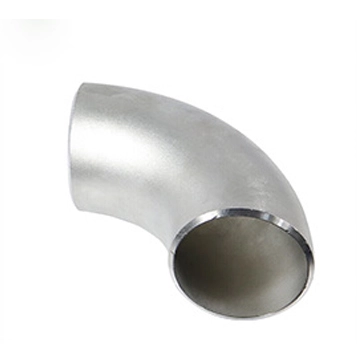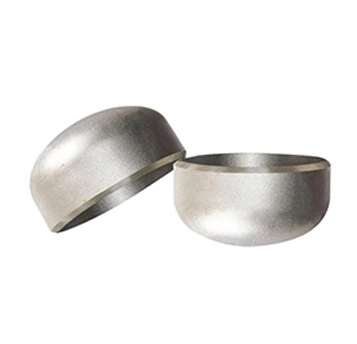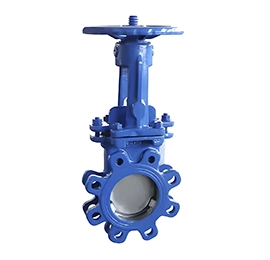A collapsed casing caused a $30 million well abandonment in Texas last year. At Silver Valley, our API 5CT-certified pipes prevent such disasters with industry-leading performance.
Casing pipes are large-diameter steel tubes, typically ranging from 4.5" to 20".They used to line and stabilize the walls of a wellbore, helping to prevent collapse and isolate different underground formations. In contrast, tubing pipes, usually between 2 3/8" and 4 1/2", are installed inside the casing and act as the flow path for oil and gas from the reservoir to the surface.
The main differences between the two lie in their diameter, wall thickness—with casing being 50–100% thicker—and material strength, as casing is often manufactured with higher-yield steels (up to 125,000 PSI) to handle greater loads.
From shale plays to offshore platforms, proper casing and tubing selection directly impacts well productivity. Here's what engineers need to know.
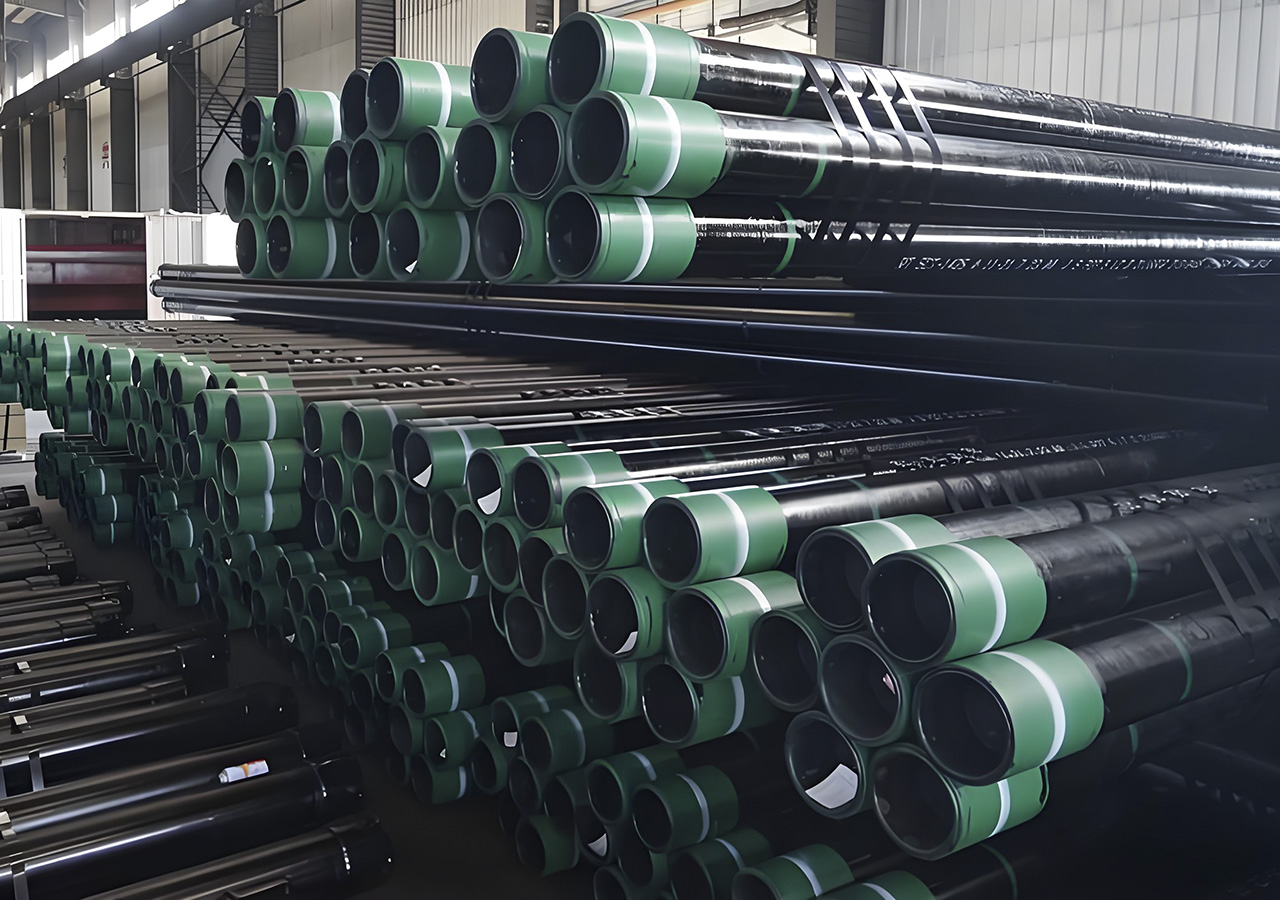
What Is the Difference Between Casing and Tubing?
A Middle East operator increased production by 18% after switching to our optimized tubing-casing combination. Understanding these differences is crucial.
Critical Distinctions:
| Feature | Casing | Tubing |
|---|
| Primary Function | Well stabilization | Production conduit |
| Connection Type | Heavy-duty threaded | Precision machined |
| Material Grade | High-yield steel | Balanced properties |
| Installation Method | Cemented in place | Retrievable |
Our Innovation:
Silver Valley's integrated system ensures perfect compatibility between casing and tubing strings through:
Matched thermal expansion coefficients
Optimized clearance design
Unified quality standards
Material Science Insight: Our SV-95 casing grade offers 15% better sulfite stress cracking resistance than standard P110.
What Is the Difference Between Line Pipe and Casing?
A pipeline rupture in Canada was traced to using line pipe as casing. Never make this $8 million mistake.
Critical Distinctions:
Material Composition: Casing uses specially formulated alloys
Manufacturing Process: More stringent quality controls for casing
Performance Testing: Casing undergoes rigorous downhole simulation
Connection Design: Casing threads are engineered for compressive loads
Technical Insight: Our casing products feature:
Enhanced collapse resistance
Superior sulfide stress cracking performance
Optimized for cement bonding characteristics
Case Study: Our 5CT L80 casing with 0.5%Cr/0.2%Mo outperformed line pipe in a high-H2S well with zero failures over 5 years.
What Is the Difference Between Drill Pipe and Casing/Tubing Threads?
Thread failures account for nearly half of all downhole connection problems. Our proprietary thread designs solve this industry-wide challenge.
Drill pipe prioritizes tensile strength to withstand pulling forces during drilling operations. The metal-to-metal sealing method provides durability under extreme rotational stresses, while the high-torque makeup process ensures connections stay secure during dynamic drilling movements.
Casing threads focus on compressive strength to support well walls against collapsing pressures. These premium connections use combined sealing mechanisms (often metal-to-metal with secondary seals) for complete fluid containment. Unlike drill pipe, casing requires precision-controlled makeup to achieve perfect sealing without compromising structural integrity.
Tubing threads specialize in fatigue resistance, handling constant pressure cycles in production environments. Elastomer-assisted seals accommodate slight movements while maintaining leak-proof performance. The field-friendly makeup process allows for efficient installation and retrieval, crucial for maintenance operations in producing wells.
Innovation Spotlight:
Our T-PRO® threaded connections feature:
Dual-radius thread roots for stress distribution
Nano-coated sealing surfaces
Laser-engraved torque indicators
30% higher galling resistance
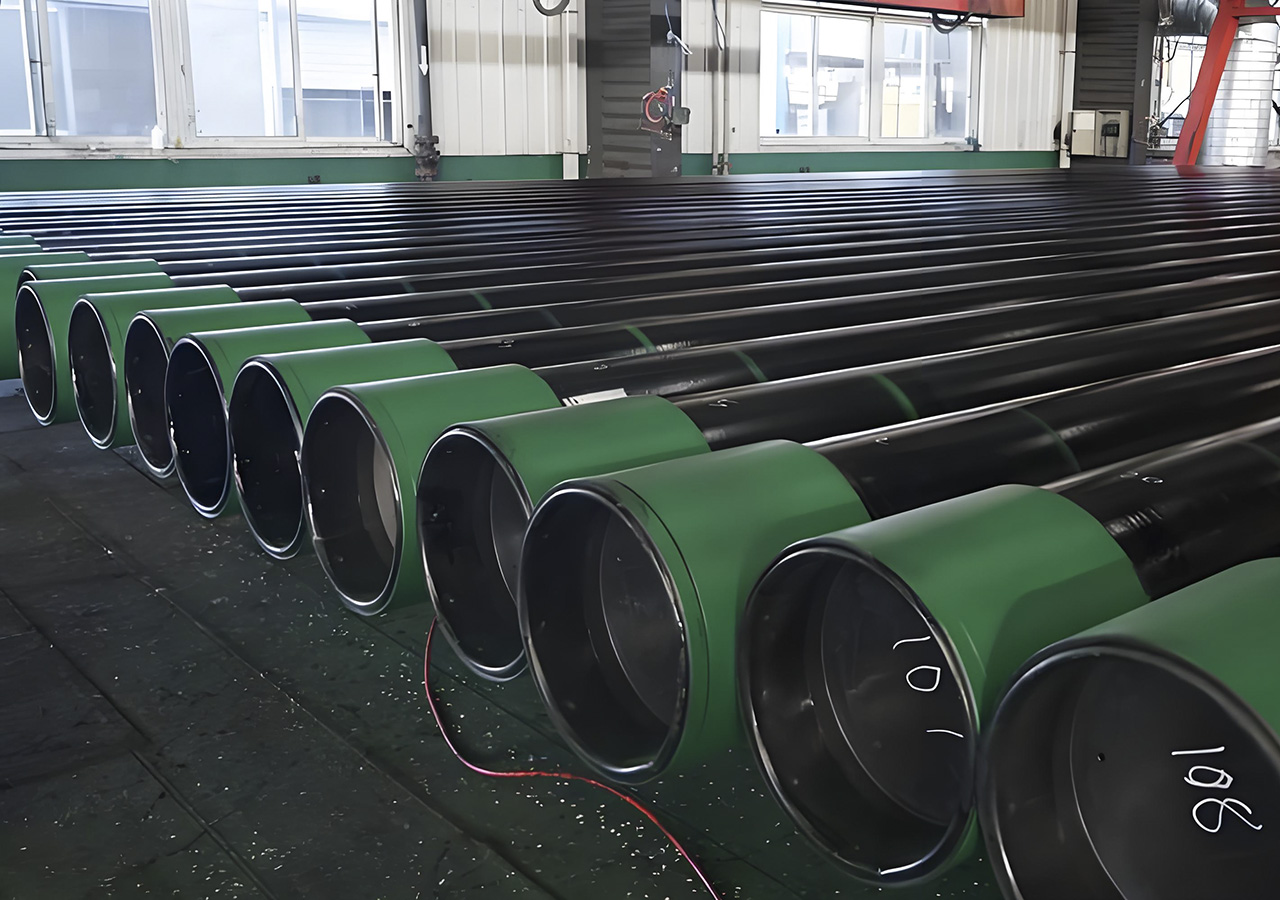
Why Choose Silver Valley Casing & Tubing?
An Australian operator reduced well costs by 22% using our integrated casing-tubing solutions.
Competitive Advantages:
Heavy wall sections (+20% thickness)
Special clearance designs
Corrosion-resistant alloys
Thread compound optimization
Running service supervision

 EN
EN



